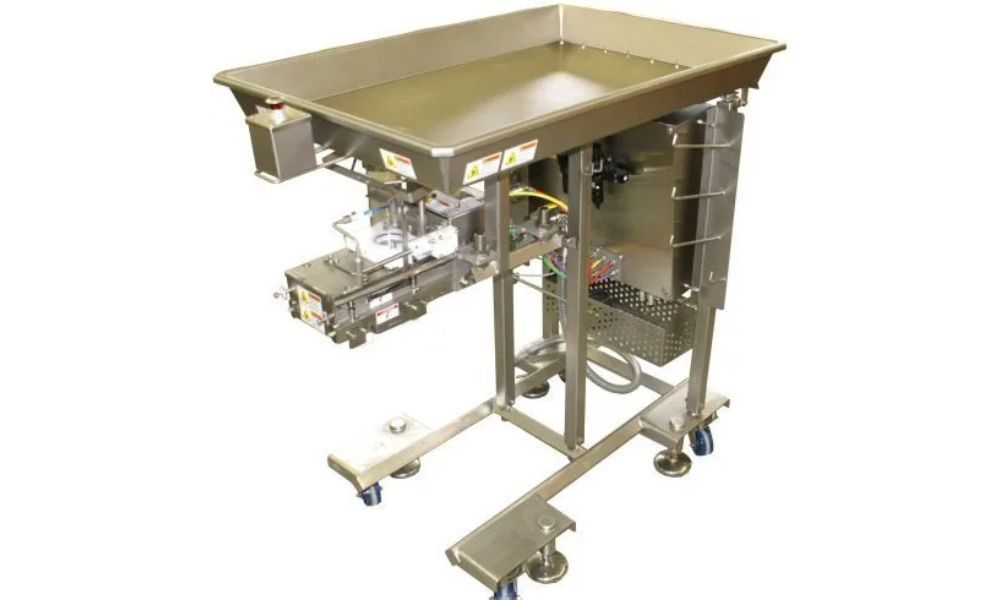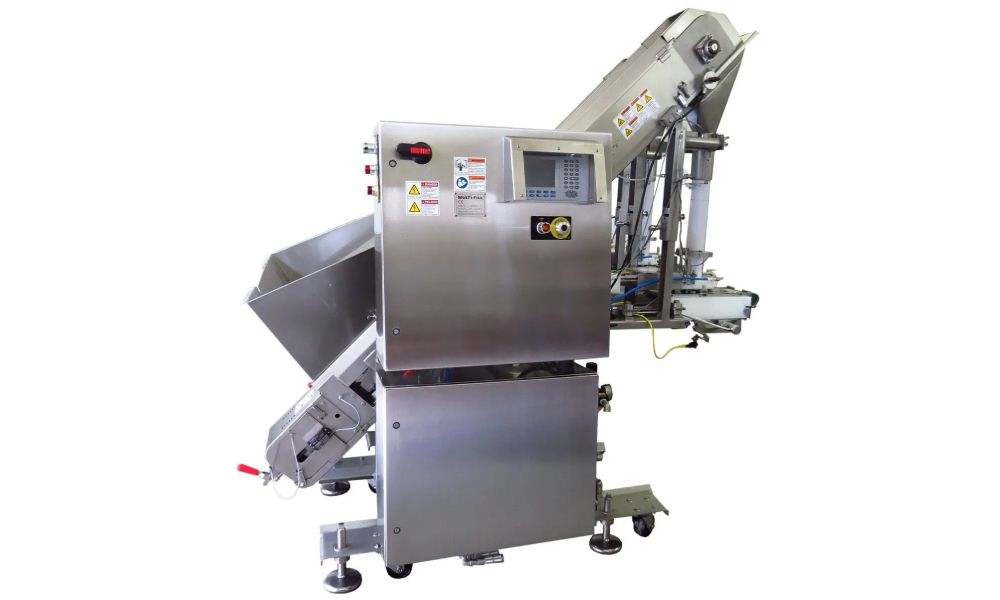Benefits of using a rice filling machine
There are several benefits of using a rice filling machine, especially for commercial applications in food and beverage businesses. A rice filling machine may require an initial investment, but its advantages ensure you receive an excellent return on investment (ROI). Read on to find out more from Multi-Fill.
Extended shelf life
Using a rice filling machine ensures the rice is sealed and packaged well in airtight bags or packets. In this process, especially when vacuum packaging is included, the finished rice product has a considerably longer shelf life. This airtight atmosphere prevents the growth of harmful bacteria that can make consumers ill.
Generally, uncooked rice can be stored for 6 to 12 months in dry, arid regions, while only for 3 months in more humid locations. However, if the rice has been packaged using a high-quality rice filling machine such as those from Multi-Fill, it can last for over 4 years.
The Multi-Fill can easily fill raw, IQF or Frozen, or even cooked rice, into all types of containers including cups, bowls, bags, trays, and more. Packaged cooked rice can keep for up to a week, while IQF frozen rice can keep for six months when packaged properly.
Save storage space and improve transportation efficiency
Rice filling machines and vacuum packaging are also beneficial as they save space by reducing the overall volume of the product. This can be an excellent option for businesses who want to utilize the amount of space in a warehouse or factory well. This can also help in transportation as the more well packaged the product is, the greater volume can be transported.
These benefits help businesses save time, money and effort, enhancing their business operations considerably.
Keep it fresh
When exposed to air over long periods of time, rice can turn rancid and stale. This is especially true in summer when it is humid and the high external temperatures change the intrinsic flavor and taste of rice.
However, using packaging methods and rice filling machines can keep the product fresh and hygienic without the use of chemicals. With the advent of social media and large amounts of information on the ill effects of chemicals and preservatives in food, more and more consumers are looking to reduce these in their food. This gives food and beverage businesses a bigger incentive to use technology such as filling machines to ensure their product is safe and hygienic.
For more information on the benefits of using rice filling machines,
why not visit the Multi-Fill website today?
Designing a food filling line: Product is king












